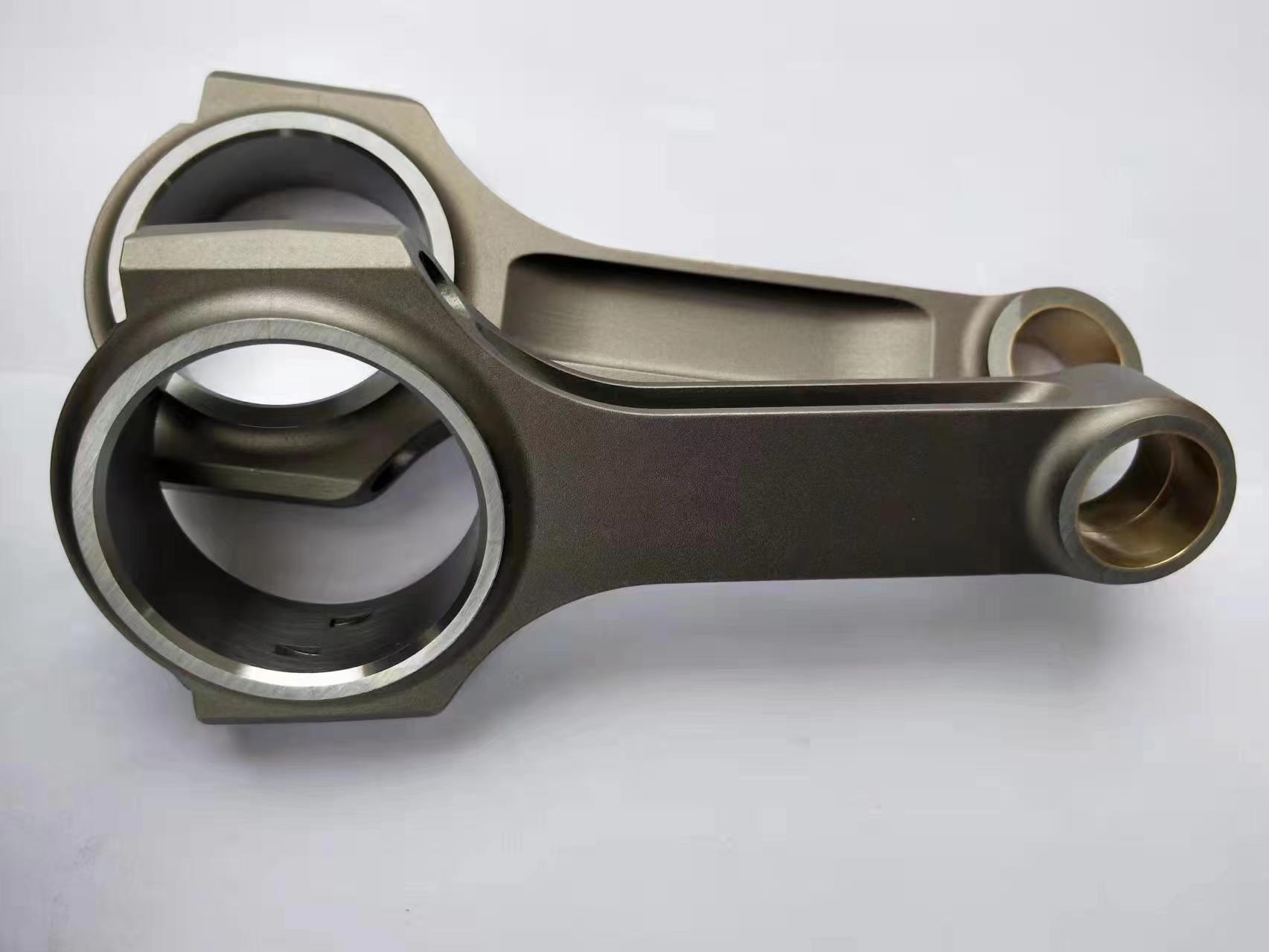Connecting Rod Bolt Brilliance takes you on a captivating journey through the crucial world of connecting rod bolts, an often-underappreciated component in internal combustion engines. These bolts secure the connecting rod and bearing cap, ensuring proper alignment and maintaining the integrity of the crankshaft assembly. In this article, we will explore the factors that contribute to connecting rod bolt performance, including material selection, design, and installation techniques.
Material selection is a critical aspect of connecting rod bolt performance. Common materials include high-strength steel alloys and titanium. Each material offers a unique set of advantages and disadvantages in terms of strength, weight, and fatigue resistance.
High-strength steel alloys are the most common choice for connecting rod bolts due to their excellent strength and durability. However, their weight can be a drawback in high-performance applications where reduced mass is desirable. Titanium is another option, offering superior strength-to-weight ratio and excellent fatigue resistance, but it can be more expensive than steel.
The design of connecting rod bolts is essential for ensuring optimal performance. Engineers must consider factors such as thread design, length, and head type to create a bolt that provides secure and reliable fastening.

Proper installation is a crucial aspect of connecting rod bolt performance. Torque specifications and tightening sequences must be strictly followed to ensure the bolt provides the necessary clamping force and maintains the integrity of the connecting rod assembly. In some cases, stretch-measuring techniques may be used to achieve even greater precision and reliability.
It is also vital to consider the reuse of connecting rod bolts, as some bolts are designed for one-time use only. Reusing a bolt that has exceeded its fatigue life can lead to catastrophic engine failure.
In conclusion, connecting rod bolts play an essential role in the overall performance and reliability of internal combustion engines. By understanding the factors that influence connecting rod bolt performance, we can make informed decisions when building or modifying engines to maximize efficiency and durability. From material selection to proper installation techniques, the fascinating world of connecting rod bolts offers countless opportunities for innovation and improvement in the quest for engine excellence.